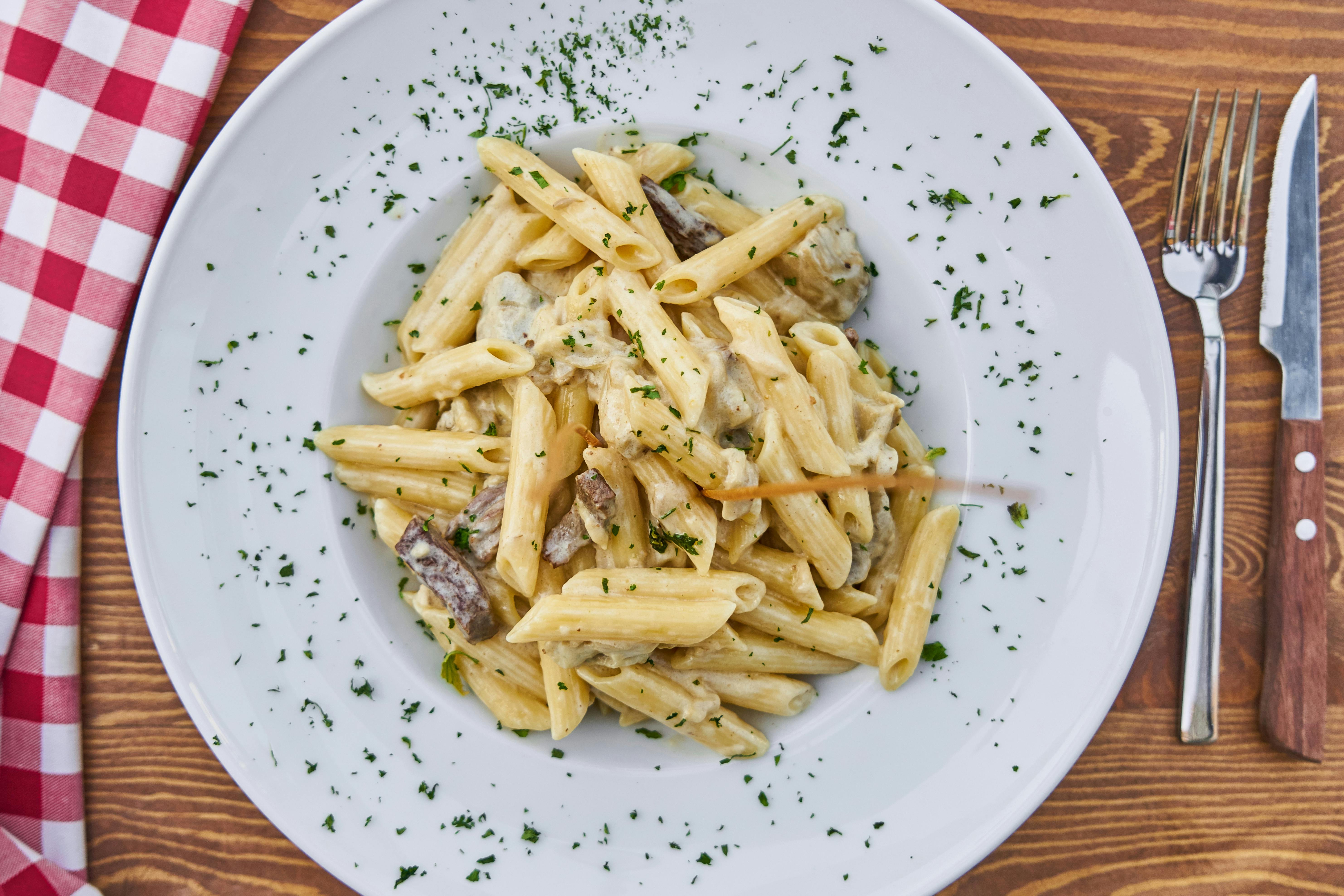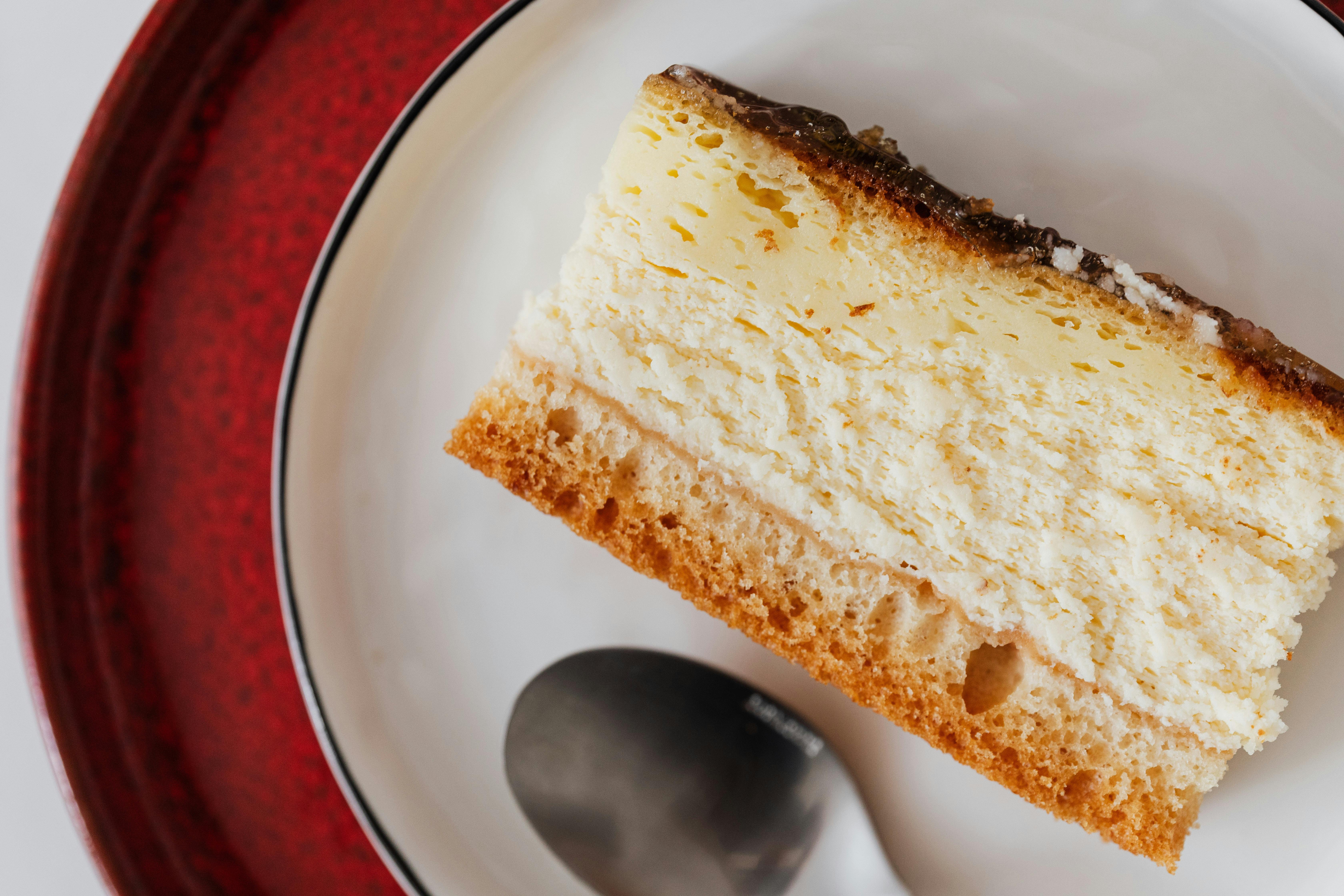During the colonial period, Curaçao was one of the most prized Caribbean outposts of the Dutch Kingdom. As a result, the Dutch worked for more than three centuries to secure the island and protect their interests. While forts were built all along the coast, the Dutch were especially concerned with Willemstad and its port. With Fort Amsterdam serving as the island’s main protection structure, the Dutch built several smaller forts to protect individual sections of the capital city. Despite being under constant attack from pirate ships and competing British and French forces, this complex of forts was able to protect the Dutch colony for almost 400 years. Today, eight of these forts still remain and most have found new and exciting uses in modern Curaçao.
Fort Amsterdam is the most important of Curaçao’s remaining forts. Located at the strategic point known as Punda, Fort Amsterdam once served as the defender of Curaçao’s main port. Originally built in 1635, the imposing structure was able to protect the Dutch settlement during the colonial period. Today, Fort Amsterdam is one of the most recognizable UNESCO World Heritage Sites in the Caribbean and serves as an important center of government for modern Curaçao. In addition to housing the Governor’s house, the Island Ministry and numerous government offices, Fort Amsterdam also has a historical museum and the United Protestant Church, both of which remain open to the public. The museum at Fort Amsterdam also offers tours of the facility that allow visitors to learn about the unique history of the structure, take in stunning views from the top of the walls, and witness some truly bizarre sights, like the cannonball embedded in the southwest wall of the fortress.
While Fort Amsterdam is undoubtedly the most important fort on Curaçao, Fort Beekenburg is one of the best preserved colonial structures on the island. Fort Beekenburg was built in 1703 in the picturesque bay of Caracas. From the time of its construction until the middle of the 19th century, the fort successfully fought off attacks from the French and British fleets, as well as various pirate gangs. Visitors to the Bay of Caracas will find a lovely beach with warm, shallow waters perfect for water sports. After playing in the water or just relaxing in the sun, visitors can tour the entire fort and learn about its important role in Curaçao’s history.
In addition to the largest forts on Curaçao, several well-preserved colonial forts remain in Willemstad. In each case, these forts within Curaçao’s historic capital once protected strategic points of the island’s harbor and populated shoreline and are now home to restaurants and shops. Two such examples are Fort Nassau and Fort Waakzaamheid, a pair of smaller forts built in the early 19th century.
Fort Nassau was built in 1797 to defend the small bay of St. Anna and parts of Willemstad. Today the fort houses a restaurant, but tourists often recognize it as the control tower that opens and closes Curaçao’s famous pontoon bridge. Fort Waakzaamheid was built in 1803 and fell only a year later during the siege of Captain William Bligh and his British troops. As Fort Waakzaamheid offers an incredible view over the Otrobanda neighborhood and the coastline, US troops refitted weapons and used the structure as an observation post and barracks during World War II. Today, Fort Waakzaamheid is also home to a popular restaurant.
Another couple of forts in Willemstad have become even more impressive destinations. The Riffort, a fort built in 1828 to protect a part of the Otrobanda area, is now home to the Riffort Village, an impressive collection of shops, restaurants, bars and scenic terraces. Before its use as one of Curacao’s top shopping and dining destinations, Riffort was home to everything from the police and public works offices to the Curacao Boy Scouts. Similarly, Waterfort, an imposing fort with 136 towers that was rebuilt in 1827 after the original 17th-century structure was destroyed, is now home to some of Punda’s most popular restaurants.
As Curaçao is home to a wealth of historic architecture and exciting tourism opportunities, these forts serve as wonderful representations of the island’s unique charm. When staying in Willemstad, it’s hard to miss the forts that once protected this colonial city. Similarly, with so much now on offer inside these once-imposing buildings, from museums and historical tours to upscale shops and restaurants, Curaçao’s forts are also hard to forget.



